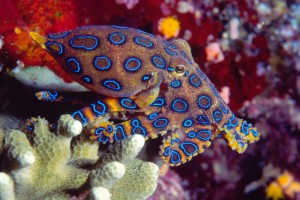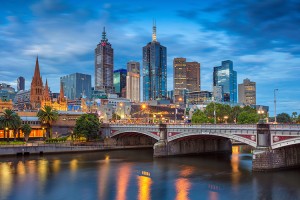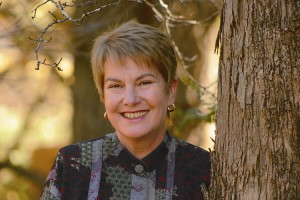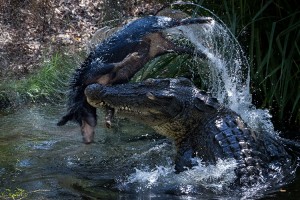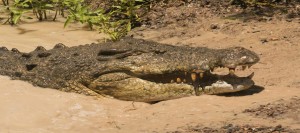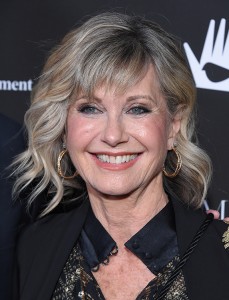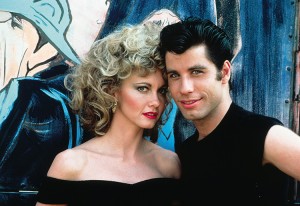Spotlight on Australia: Hang Ten with Stephanie Gilmore
Friday, October 6th, 2023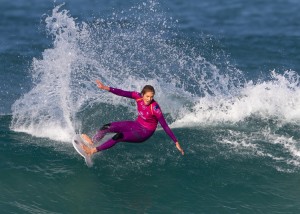
Stephanie Gilmore of Australia made a splash on her country’s team in the surfing event.
Credit: © Louis Lotter Photography/Shutterstock
Australia is famous for its unique culture, metropolitan cities, and unusual wildlife, among other things. Each week, this seasonal feature will spotlight one of Australia’s many wonders.
Washing up to the shores of Tsurigasaki Beach in Japan is a brand new Olympic event—surfing. The sport made its first appearance at the Tokyo 2020 Summer Olympic Games. Representing Australia is the professional surfer Stephanie Gilmore. Gilmore qualified to join the Australian surfing team, called the Irukandjis, for the 2020 Summer Olympics Games. Gilmore dropped in on a poor wave during the women’s surfing event. She was eliminated in the third round on July 26, 2021.
Gilmore has won the Association of Surfing Pros World Title seven times. She has tied the Australian surfer Layne Beachley for most women’s surfing world titles. Gilmore is also known as an activist for equal pay and opportunity for women surfers. Critics have noted her effortless, feminine style.
Stephanie Louise Gilmore was born Jan. 29, 1988, in Murwillumbah, in the northeast of New South Wales, Australia. She began surfing around the age of 10. She started competing in 2005 at the age of 17 as a wild-card competitor. A wild-card competitor is an individual who participates in a competition without qualifying. In 2007, her rookie year as a professional surfer, Gilmore won the world title at the Billabong Pro tournament in Hawaii. She went on to win the world title in 2008, 2009, 2010, 2012, 2014, and 2018. In August 2010, at the age of 22, Gilmore became the youngest person inducted into the Surfers’ Hall of Fame.
In December 2010, Gilmore was attacked outside her home in New South Wales, resulting in a broken wrist and head injury. Her early success, the attack, and her comeback to surfing were the subject of the documentary motion picture Stephanie in the Water (2014).

